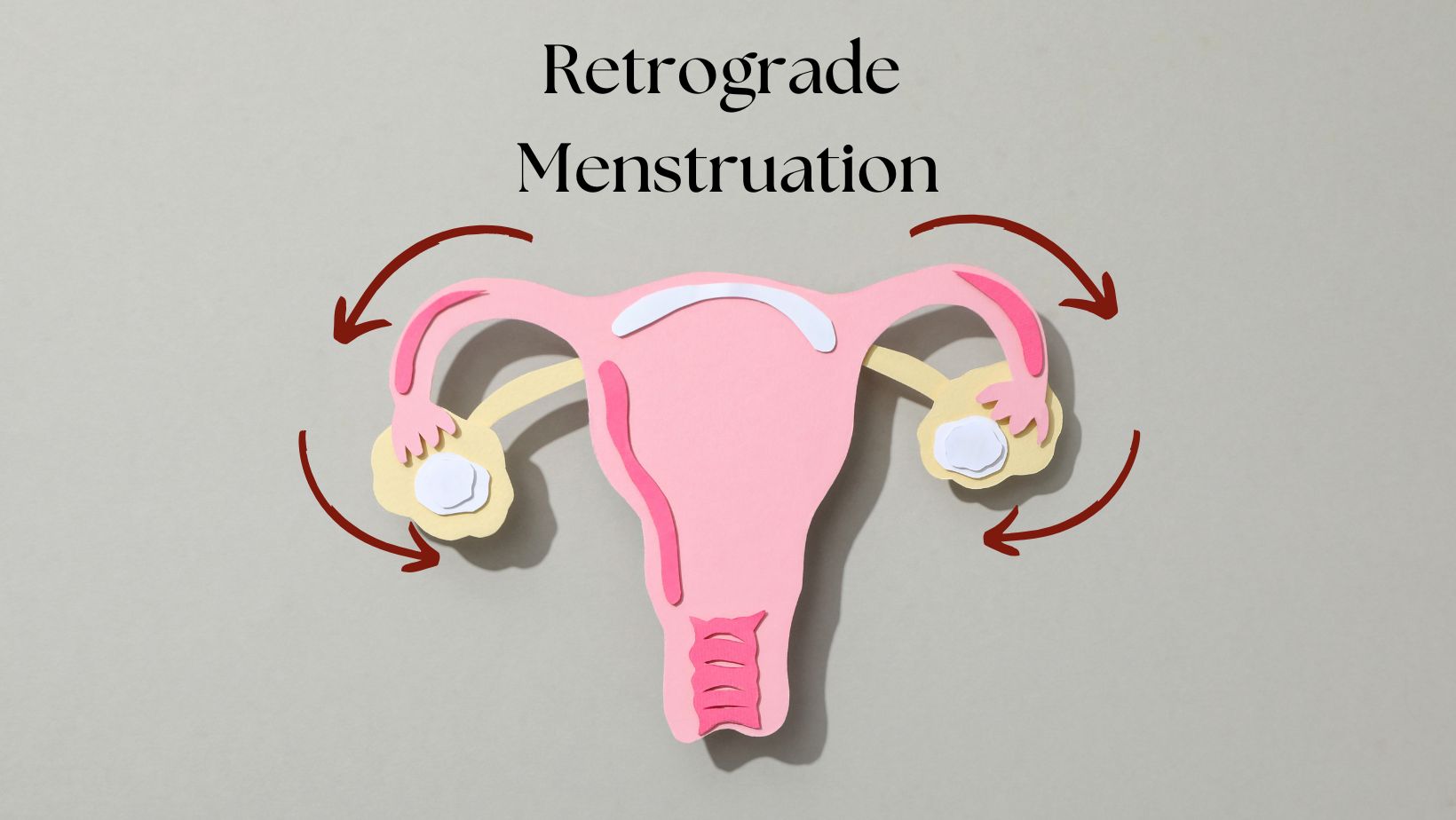
Advancements in medical technology have transformed the field of gynecologic surgery, offering patients less invasive options with faster recovery times. One such innovation is Vaginal Natural Orifice Transluminal Endoscopic Surgery (VNOTES), a technique that is gaining popularity for its benefits over traditional surgical methods.
What Is VNOTES?
VNOTES is a minimally invasive surgical technique that allows gynecologists to perform procedures through the vagina instead of making incisions in the abdomen. This approach uses a specialized endoscope (a thin, flexible camera and surgical instrument) inserted through the vaginal canal to access the pelvic organs, eliminating the need for external abdominal cuts.
What Procedures Can Be Performed Using VNOTES?
VNOTES is primarily used for common gynecologic surgeries, including:
- Hysterectomy (removal of the uterus)
- Salpingectomy (removal of the fallopian tubes)
- Oophorectomy (removal of the ovaries)
- Myomectomy (removal of fibroids)
- Ovarian cystectomy (removal of ovarian cysts)
Benefits of VNOTES Surgery
Compared to traditional laparoscopic or open abdominal surgeries, VNOTES offers several advantages:
- No Visible Scars – Since the procedure is performed through the vagina, there are no abdominal incisions, leaving no visible scars.
- Less Postoperative Pain – Patients typically experience less pain compared to traditional laparoscopic or open surgeries.
- Faster Recovery – Shorter hospital stays and a quicker return to regular activities.
- Reduced Risk of Infections – Avoiding abdominal incisions lowers the risk of wound infections.
- Better Cosmetic Outcome – No scars mean better cosmetic results, which can improve patient satisfaction.
Who Is a Good Candidate for VNOTES?
VNOTES is an excellent option for many patients, but not everyone is a suitable candidate. Ideal candidates are those who:
- Require a gynecologic procedure such as a hysterectomy, salpingectomy, or oophorectomy.
- Have no severe pelvic adhesions or extensive previous surgeries that could complicate the procedure.
- Are comfortable with a vaginal surgical approach.
- Do not have active infections or significant uterine enlargement.
Your gynecologist will assess your medical history and anatomy to determine if VNOTES is the right option.
Are There Any Risks?
Like any surgical procedure, VNOTES comes with potential risks, including:
- Injury to surrounding organs (though rare with experienced surgeons)
- Postoperative bleeding
- Infection (though lower than in traditional surgeries)
- Temporary vaginal discomfort
However, studies have shown that VNOTES is a safe and effective alternative to laparoscopic and open surgeries with fewer complications and faster healing times.
Conclusion
VNOTES represents a major breakthrough in minimally invasive gynecologic surgery, providing women with a safer, less painful, and cosmetically superior option. If you are considering surgery for a gynecologic condition, talk to your doctor about whether VNOTES is a suitable choice for you.



Recent Comments